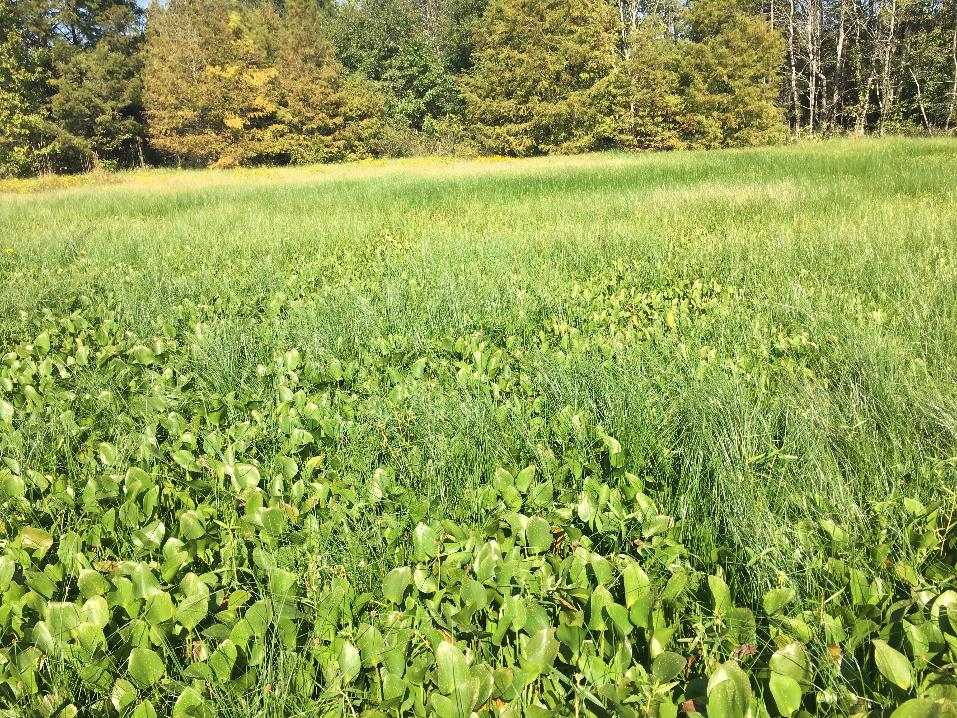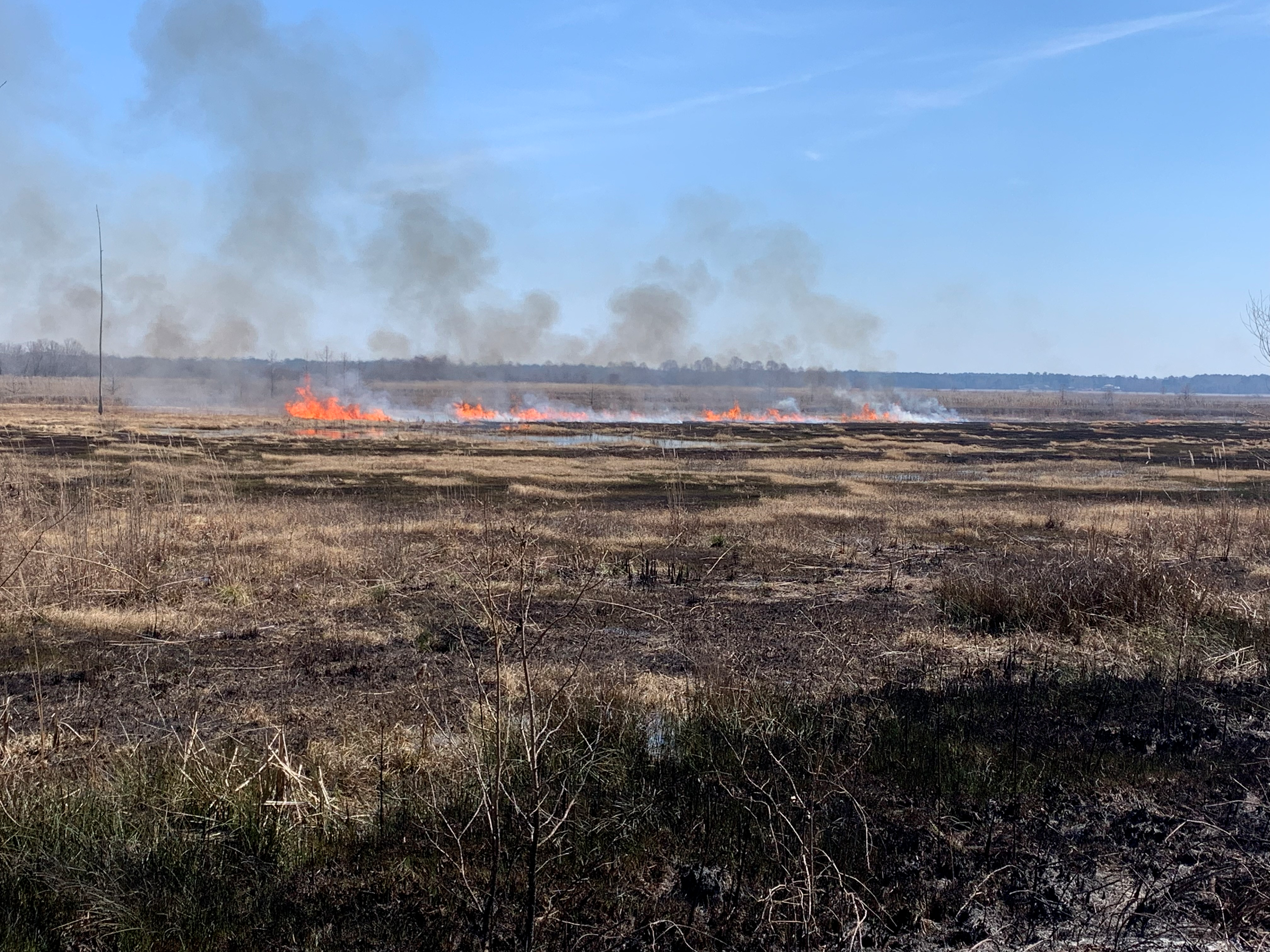Aquatic Invasive Species: Cuban Bulrush
Project Impacts
Task 1: Develop new Cuban bulrush control methodologies.Operational control methods for nuisance Cuban bulrush populations have been lacking as the species has been overlooked for decades by more pressing management concerns. Previous management strategies have only delivered short-term (4-6 wks.) reduction of Cuban bulrush infestations. The purpose of this work was to identify potential selective, long-term (>1 yr.) chemical control methods through small screening and then validating the most effective control options on field populations of Cuban bulrush to ensure control could still be attained across a range of environmental scenarios.
Impact: This project has identified multiple chemical control measures that resource managers have tested in MS and FL for the successful reduction of Cuban bulrush infestations. Research is ongoing to further refine these protocols prior to determining an operational control strategy.

Plants have natural weak points in their life cycles where nutrient stores are reduced (i.e., after sprouting or flower production). Weak points are an optimum time to implement control strategies as its unlikely the plant will be able to recover from the stress induced by control measures without sufficient nutrient reserves. However, different plant species can have vastly different life cycles so the optimum control time for species may not work for others. To determine this weak point for Cuban bulrush, a project was initiated on Lake Columbus in northeast MS to describe the life history of the species. A follow up project is being conducted to determine if the life history is similar across the invaded range of Cuban bulrush in the southeastern U.S.
Impact: This project has identified the weak point in the Cuban bulrush life cycle in MS and is currently determining the same for populations in FL and LA. Additionally, this project is attempting to determine which environmental cues (i.e., air or water temperature, photoperiod, etc.) trigger Cuban bulrush growth each year.

Cuban bulrush tussock presence decreases light penetration in water, which inhibits algal and submersed plant photosynthesis, which then reduces dissolved oxygen concentrations needed for survival of fish and other aquatic fauna. Herbicide applications can provide an effective control mechanism. However, effective herbicide treatments can only be applied to Cuban bulrush mid-summer to late-fall (July through October) as the thatch layer from the previous year’s growth shields new growth in the spring and early-summer thereby decreasing herbicide contact with emerging foliage. Late season herbicide applications can require more herbicide as more plant foliage is present than earlier months, thus, thatch removal may allow for less herbicide use while still attaining control of Cuban bulrush.
Prescribed fire is a useful method of thatch reduction in terrestrial systems but is rarely used in wetland and aquatic settings due to the obvious over-abundance of water. However, some emergent aquatic plant species maintain a dense aerial thatch layer that is not hydrated by the underlying water. Reduction of the thatch layer in winter months via prescribed fire may provide a cheap mechanism to enhance herbicide contact with new Cuban bulrush foliage in the spring for greater tussock reduction compared to mid- or late-season herbicide applications.
Impact: If successful, this integrated control technique can enhance management across the southeastern U.S. by providing resource managers a low cost solution to reduce herbicide input while increasing reduction of Cuban bulrush.

